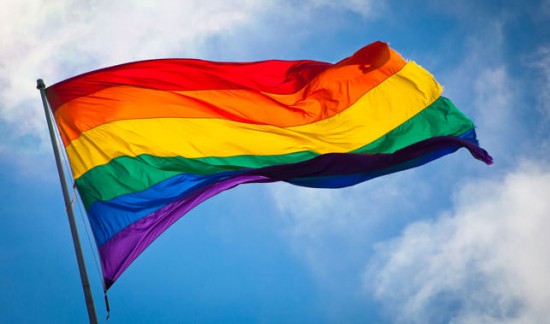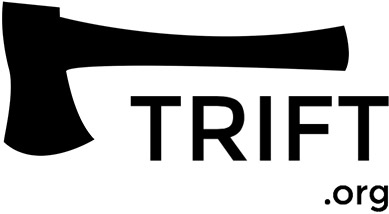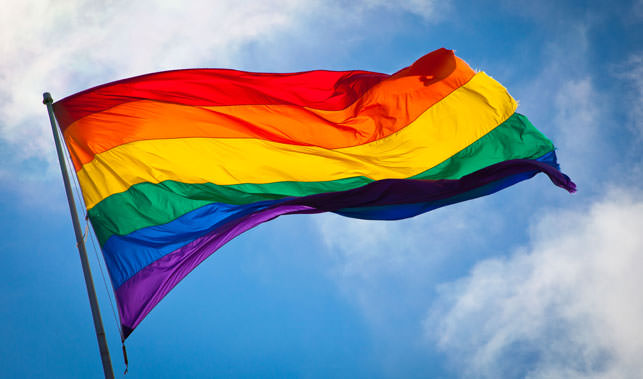
Die Regenbogenfahne dient seit ihrer Erschaffung 1978 weltweit als Symbol für Toleranz, Akzeptanz und Vielfältigkeit sowie Hoffnung und Sehnsucht. Das MoMA (Museum of Modern Art), eine der weltweit bedeutendsten und einflussreichsten Sammlungen moderner und zeitgenössischer Kunst mit Sitz in New Yorker Stadtteil Manhattan, hat die Fahne kürzlich in ihre permanente Sammlung aufgenommen.
Die Fahne hat eine lange Geschichte die bis in die Zeit der deutschen Bauernkriege ins 16. Jahrhundert zurück reicht. Damals diente sie als Zeichen einer neuen Zeit, der Hoffnung und Veränderung.
Der Künstler Gilbert Baker entwarf 1978 schließlich eine abgeänderte Variante, indem er die Fahne von sieben auf sechs Farben reduzierte, diese in umgekehrter Richtung anordnete und den zuvor oftmals verwendeten Schriftzug „PACE“ entfernte.
Die Fahne sollte ein Symbol für lesbischen und schwulen Stolz darstellen, sowie gleichzeitig die Vielfalt dieser Lebensweise repräsentieren. Das zuvor verwendete Symbol der Lesben- und Schwulenbewegung war der rosa Winkel, welcher ursprünglich als Kennzeichnung schwuler Lagerinsassen in den nationalsozialistischen KZs verwendet wurde.
Gilbert Baker äußert sich zur Entstehungsgeschichte in einem Interview mit Michelle Millar Fisher, der Kuratorischen Assistentin des MoMA:
And I thought, a flag is different than any other form of art. It’s not a painting, it’s not just cloth, it is not a just logo — it functions in so many different ways. I thought that we needed that kind of symbol, that we needed as a people something that everyone instantly understands. [The Rainbow Flag] doesn’t say the word „Gay,“ and it doesn’t say „the United States“ on the American flag but everyone knows visually what they mean. And that influence really came to me when I decided that we should have a flag, that a flag fit us as a symbol, that we are a people, a tribe if you will. And flags are about proclaiming power, so it’s very appropriate.
So the American flag was my introduction into that great big world of vexilography. But I didn’t really know that much about it. I was a big drag queen in 1970s San Francisco. I knew how to sew. I was in the right place at the right time to make the thing that we needed. It was necessary to have the Rainbow Flag because up until that we had the pink triangle from the Nazis — it was the symbol that they would use [to denote gay people]. It came from such a horrible place of murder and holocaust and Hitler. We needed something beautiful, something from us. The rainbow is so perfect because it really fits our diversity in terms of race, gender, ages, all of those things. Plus, it’s a natural flag — it’s from the sky! And even though the rainbow has been used in other ways in vexilography, this use has now far eclipsed any other use that it had…
Links und Quellen:
- MoMA Acquires the Rainbow Flag via moma.org
- Rosa Winkel via de.wikipedia.org
- Regenbogenfahne via de.wikipedia.org
- Meet Gilbert Baker, the Man Who Invented the Gay Pride Rainbow Flag via time.com

